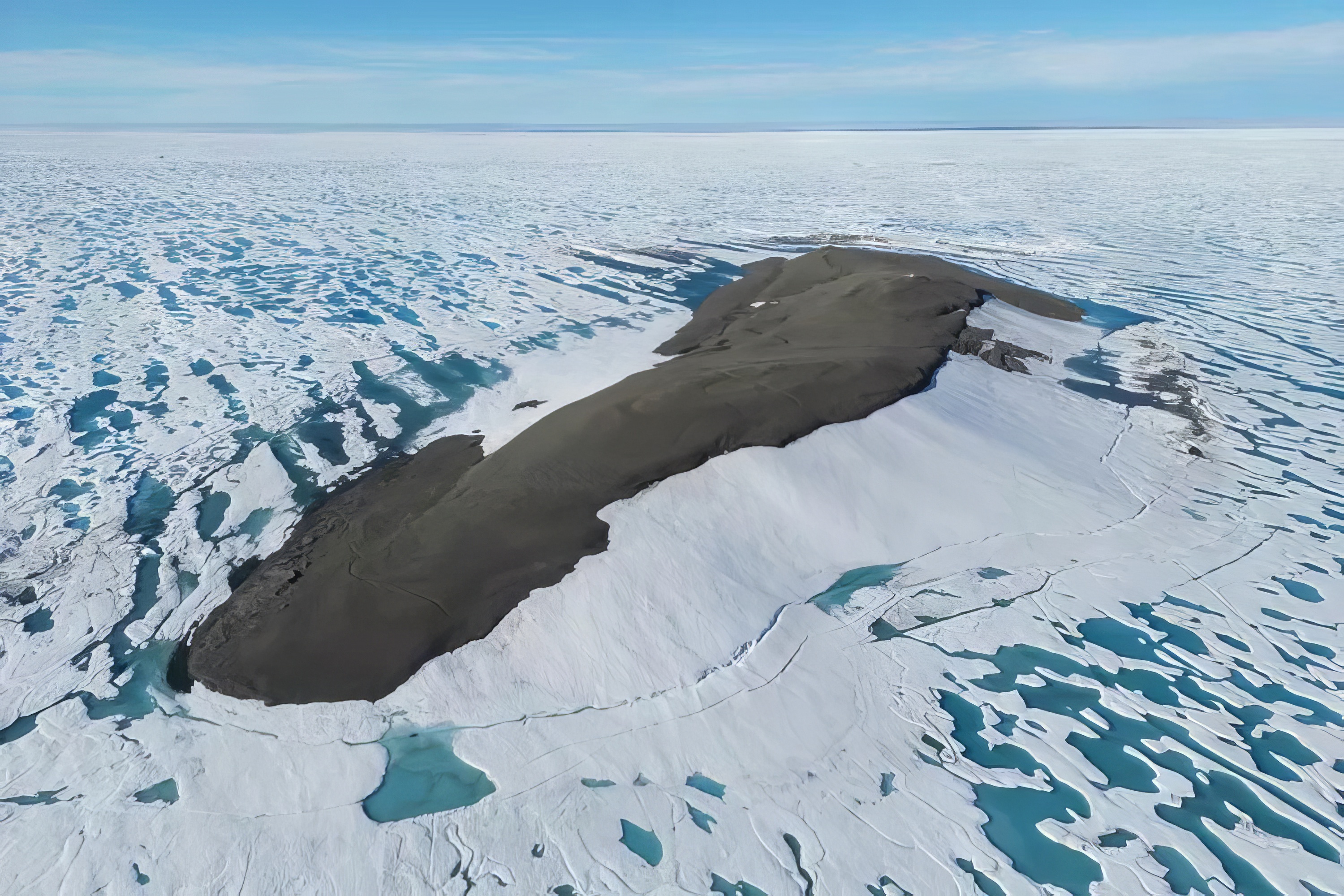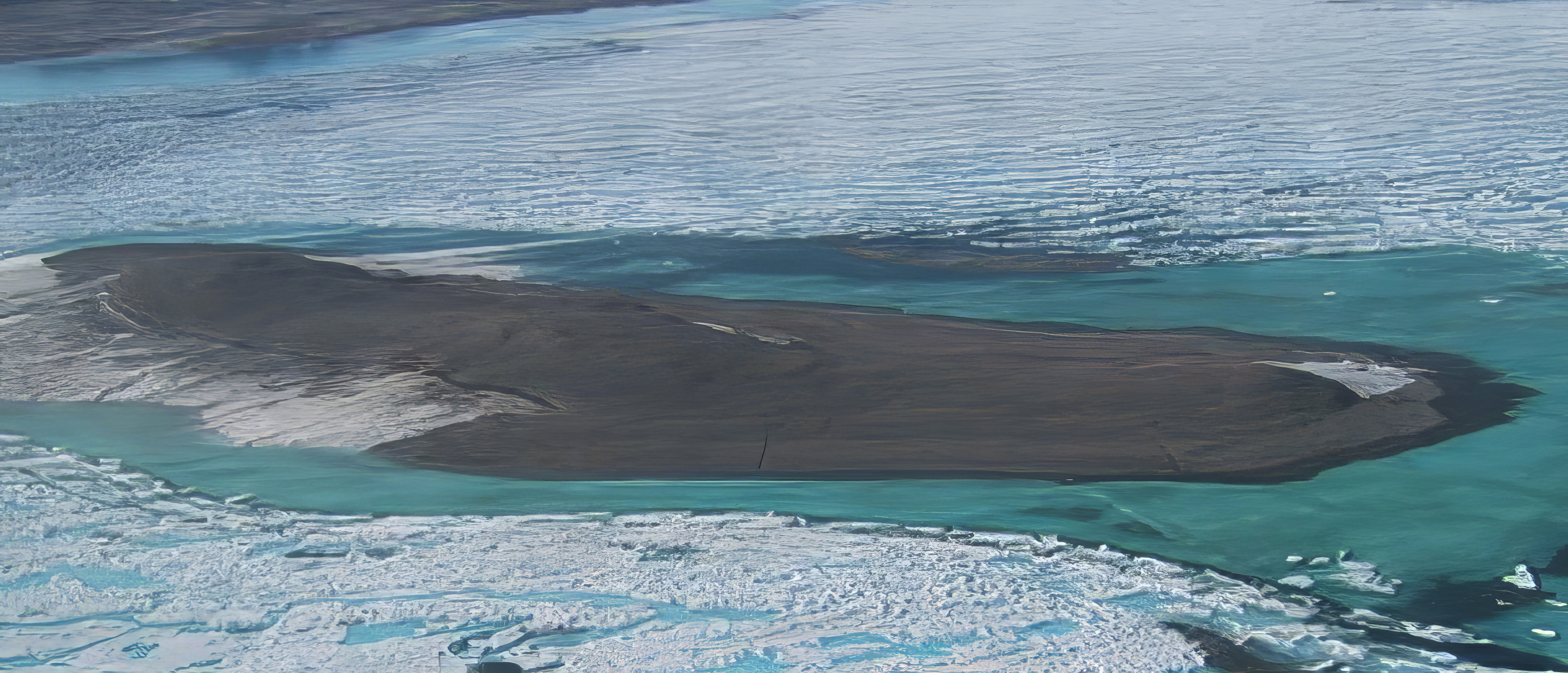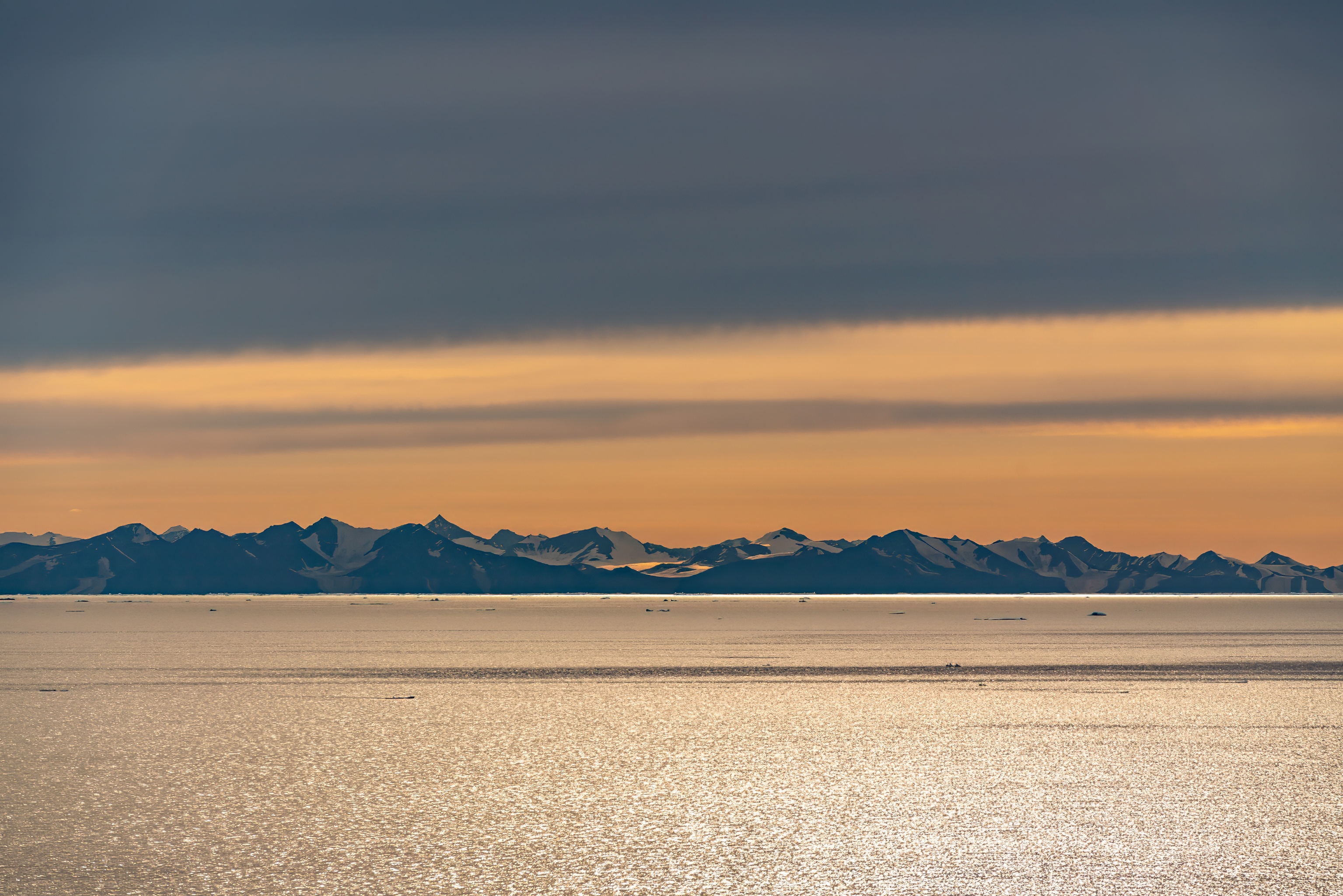Kaffeklubben Island, located in the Arctic Ocean east of Cape Morris Jesup, Greenland, holds the distinction of being the world's northernmost permanent point of land. Discovered in 1900 by American explorer Robert E. Peary, and later named by Danish explorer Lauge Koch in 1921, the island lies roughly 713.5 kilometers (443.3 miles) from the North Pole. Its unique geographical position provides invaluable opportunities for research in polar climates and geography, shedding light on the complex processes of glaciation and deglaciation, as well as the broader impacts of climate change on these sensitive ecosystems.
Characterized by a polar desert climate, Kaffeklubben Island endures some of the lowest temperatures on Earth, creating a challenging environment for any form of life. In spite of the severe Arctic conditions, an array of mosses, liverworts, lichens, and a few hardy flowering plants such as purple saxifrage and arctic poppy can be found. This limited but resilient plant life demonstrates the extraordinary adaptability required to survive in such an extreme environment and offers a unique perspective for scientific studies in the Arctic’s ecosystem and geological evolution.
The exploration of Kaffeklubben Island is marked by significant challenges due to its remote location and the harsh Arctic climate. Yet, it remains an important destination for scientists and explorers keen on understanding life’s resilience in extreme environments. The island’s untouched and inaccessible nature makes it a pristine site for research, contributing to our knowledge of evolutionary adaptation. Moreover, the island is a vital location for raising awareness about conservation and the impact of climate change on the polar regions, underlining the necessity to protect these delicate ecosystems.
Harsh Climate and Environment
The climate of Kaffeklubben Island is marked by extreme conditions typical of high Arctic latitudes. Despite the unrelenting cold, a variety of mosses, liverworts, lichens, and resilient flowering plants thrive, demonstrating the remarkable endurance of life in extreme climates. This rare flora provides critical insights into the adaptability and resilience of polar ecosystems.
Historically uninhabited, Kaffeklubben Island offers a virtually undisturbed environment, making it a unique site for scientific exploration. Notably, a Canadian expedition in 1969 established that the island extends farther north than Cape Morris Jesup, previously thought to be the world's most northerly land point. Subsequent studies have suggested the possibility of other landforms even farther north, though these findings remain unconfirmed.
Scientific Research
Kaffeklubben Island's sparse vegetation and distinctive soil composition make it an exemplary location for studying the effects of extreme cold and isolation on ecological systems. Researchers are particularly interested in the island's geology, which offers insights into Earth's glacial history and the historical extent of polar ice cover. Such research is invaluable for understanding the global implications of climate change, especially in terms of polar ice dynamics and ecological shifts.
Exploration Challenges
Navigating to Kaffeklubben Island is fraught with obstacles, including dense sea ice and unpredictable Arctic weather patterns. The journey to this remote island is reserved for the most dedicated explorers and researchers. Those who succeed in reaching it are rewarded with the experience of one of the most pristine and unaltered natural environments on the planet, offering a rare glimpse into a world untouched by human influence.
Conservation and Environmental Awareness
As a symbol of the fragility of Earth's polar regions, Kaffeklubben Island plays a pivotal role in the discourse on climate change and conservation. The island serves as a stark reminder of the urgent need to protect polar ecosystems from the escalating effects of global warming. Efforts to conserve these environments are crucial, as they represent not only a haven for unique biodiversity but also key indicators of our planet's overall environmental health.
Kaffeklubben Island, though uninhabited and remote, is a fascinating place for those interested in the extremes of our planet. It highlights the beauty and challenges of the Arctic and serves as a crucial location for understanding environmental changes in polar regions.



